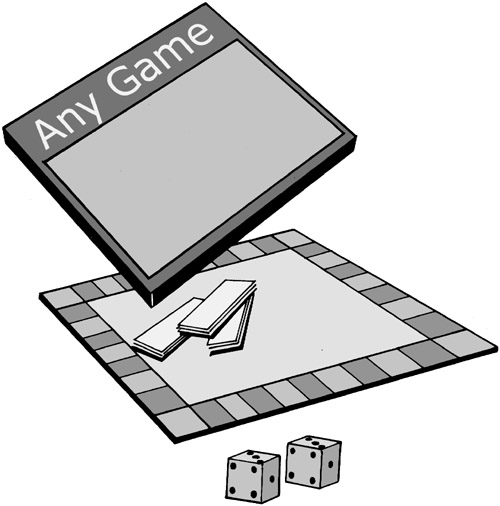My take on violence in gaming.
First of all, let me say that I don’t associate the number of red pixels on the screen with the level of violence. I don’t necessarily find pixel representations of body parts flying off in every direction to be particularly violent.
My definition of violence has more to do with abuse of power, inflicting will, cruelty, hate, and disregard for the beingness of others. These forms of nasty behavior are totally independent of the normal standards for violence. In fact, some of the worst cases may look to the casual observer totally benign.
Let’s consider a game that some might find violent — which I find totally non-violent. That would be Team Fortress. First of all, TF has a great deal of killing going on. hundreds and thousands of deaths per game.
Thing is, when the character dies, the player is just teleported back to the “spawn.” Spawn is the entrance point into the game. So respawning just means to go back to the entry point.
This can be very inconvenient. If the player is in the middle of running the flag back to his or her base and gets killed, then the player ends up back in their own base — sans flag. So now the player has to fight their way back to the flag again. So in this sense, death is equivalent to “having one’s forward progress thwarted.”
But, then again there are occasions when being killed doesn’t thwart one’s forward progress — it helps. Such an example would be: the enemy are over running your base and you need to get back to help defend it. Well, getting killed can get you back to the base pretty quick. So depending on whether or not the server has “insta-spawn” working, dying can be a quick jaunt home and quite helpful.
A game that many might not find violent is Tetris. Heck, there’s no killing, no blood, no guts. So how could anyone find it violent? Well, I do.
What about Tetris do I consider violent? The unrelenting grind — ever increasing difficulty with no reprieve. This is a characteristic of many arcade games. The idea is to collect quarters. One way to make this happen is to up the difficulty level without relief. Just make it harder and harder until the player inevitably fails.
I believe non-arcade Tetris could be improved by introducing milestones and plateaus periodically. Every now and then give the player a level that is a celebration of progress earned. This level would be slightly (ever so slightly) less difficult than the one just before — perhaps even introduce a novel/fun aspect in the form of graphics and sound. The Mario Bros secret coin collection areas were a bit like this.
“Barely hanging on” is NOT the best experience — and certainly needs a reprieve periodically. Consider Algebra class. Many text books and class curricula are designed to introduce new material every day. This puts the students in the position of starting every class in the state of not-knowing. Hopefully the teach will usher the students from not-know to know during the course of the class. This happens. Not all the time. But a good deal of the time. Something that rarely happens is for the teacher to shepard the students from “know” to “handle.” Handle is a condition that comes after know. It involves using one newly acquired ability in way that affirm one’s knowledge and deepens one’s understanding.
A good way to introduce handling into a course curriculum is to insert one day out of three in which the knowledge gained in the previous two days is used to solve problems. These problems would be commensurate with the newly acquired skill level. The problems could be constructed by altering those used on the previous two days so that they looked new and different, but in reality were solvable using the already known material.
This gives the students an experience of “Hey, I’m pretty cool — I can do this.” Unless a teacher is on a campaign to bring home the lesson that they (the teacher) are super cool and know a bunch of shit the students don’t know, then I would recommend trying the introduction of “handling” as a goal in education. How sad is it to watch a third-grade teacher that is wrapped up in proving to 8 year olds that she is smarter than they are.
Tetris is one of the most addictive games in the world, and is super successful in financial terms. Don’t believe for one second that I am waiting for them to redesign the game. They have a game that works for the sellers. I’m just saying that maybe it is not working so well for the players and the society in which they live. Kids that feel good about their ability to do, versus kids that hang in as long as they can then stumble and fall. The machine of commerce may prefer the hang in, stumble and fall mode. I think it is better for the soul of society if we venture into the area of “feeling good about our ability to do.”
 Recipe) Before playing any game, vocalize (or sub-vocalize) the following wish: “I wish this to be used for the benefit of all beings everywhere.”
Recipe) Before playing any game, vocalize (or sub-vocalize) the following wish: “I wish this to be used for the benefit of all beings everywhere.”

 Have you ever eaten a croissant or a butter cookie?
Have you ever eaten a croissant or a butter cookie?

